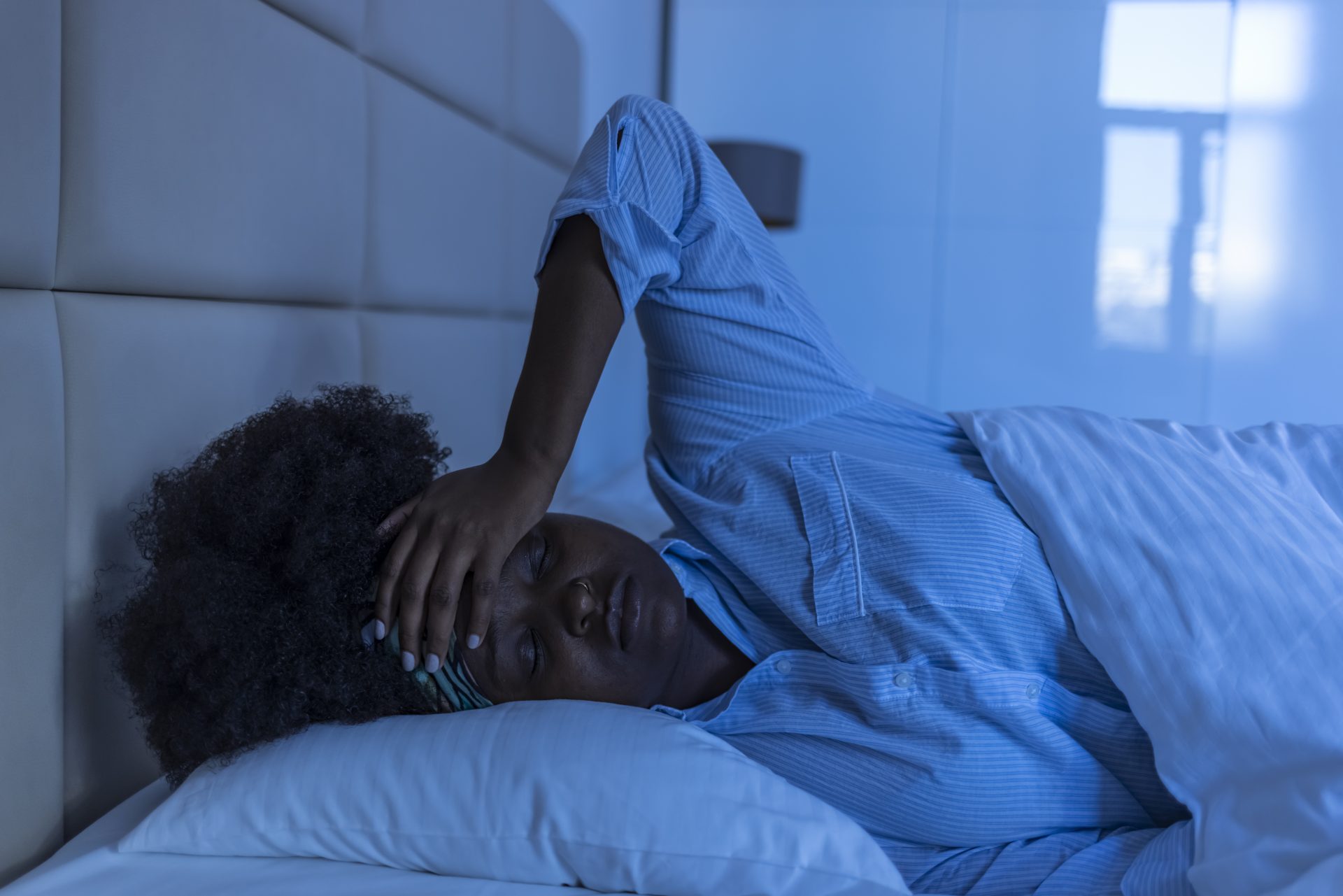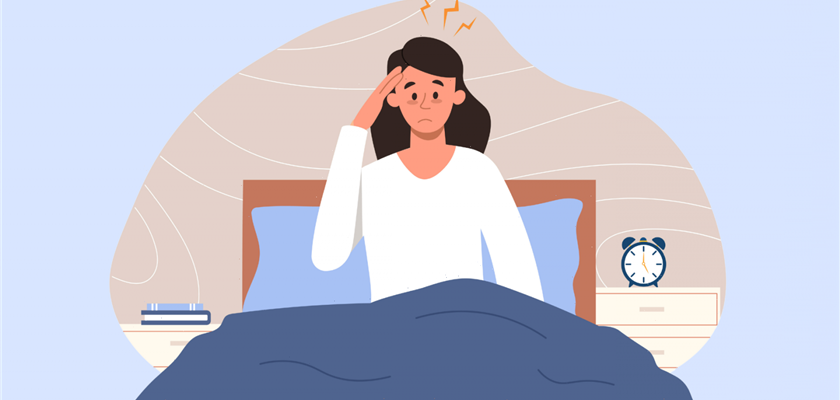That weird jolting or falling sensation you sometimes feel when you’re falling asleep is called a hypnic jerk. Here’s why they happen.
When you really think about it, falling asleep is a pretty strange process. Most of us do it at least once a day, but we’re often completely unaware it’s happening until we wake up the next morning.
That is, unless you experience a hypnic jerk – also known as that weird falling or jolting sensation that sometimes happens when you’re in the middle of drifting off.
They’re not dangerous, but they can be pretty frustrating, especially if it’s taken you ages to achieve a relaxed state of mind.
But what actually are hypnic jerks? Why do they happen? And what’s the secret to falling asleep after you’ve had one? Keep reading to find out.
What are hypnic jerks? And why do they happen?
If you’ve ever jerked out of a sleepy state due to a sudden jolting or falling sensation, you’ve probably experienced a hypnic jerk. These involuntary movements can range from small muscle twitches to bigger spasms in the legs, arm or neck.
While they may seem scary, they’re actually pretty common – and although researchers aren’t quite sure why hypnic jerks happen, some believe they are caused by signals sent by the brain during the early stages of the sleep cycle, as the body enters REM sleep.
Martin Seeley, a sleep expert and CEO of Mattress Next Day, explains: “During REM sleep (the phase of sleep when dreaming occurs), your body is paralysed except for your eyes and the muscles involved in breathing. This paralysis keeps you from acting out your dreams while you’re sleeping.”
You may also like
Negative emotions? New research shows how sleep can help you feel more positive
He continues: “In order to enter into deeper stages of sleep without waking up fully, your brain sends signals down through your spinal cord to relax muscles throughout your body — including those that would normally be active during wakefulness but aren’t needed at this time (such as muscles used for speech). This process allows your body to enter into a deeper state of sleep.”
In this way, hypnic jerks are possibly believed to be instances of this system malfunctioning – when signals are sent incorrectly in the nerves and end up causing a jerking motion.
Other factors that researchers believe could contribute to hypnic jerks include stress and anxiety, intense exercise before bedtime and overconsumption of caffeine.
How to fall asleep after a hypnic jerk

Hypnic jerks aren’t just surprising – they can also be disruptive to your sleep, especially if you get them frequently. So how can you help yourself drift off properly after you’ve had one? Below, Seeley shares four top tips for doing just that.
1. Take some deep breaths
“When your body is stressed out, it’s harder for it to relax completely and fall asleep quickly,” Seeley says. “So if you’re feeling a bit startled about being woken up abruptly, take some deep breaths to help calm down your mind and body.”
2. Stay off your phone
“While you may be tempted to go on your phone to distract your mind, this is the worst thing you can do in the middle of the night,” Seeley explains. “This is because the blue light emitted from your phone can interfere with your body’s production of the sleep hormone, melatonin. In turn, this makes you feel more awake, making it harder for you to fall asleep. Plus, seeing the time on your phone may stress you out if you need to be awake in a couple of hours.”
3. Make yourself more comfortable
“It may seem obvious, but make sure that you’re lying in a position that makes you feel comfortable before attempting to drift off again — especially if you’re used to sleeping on your side or stomach,” Seeley says.
4. Carry out a full body scan
“If you’re still struggling to sleep, try this meditative technique,” Seeley suggests. “Simply close your eyes and breathe slowly. Next, focus on your face and think about relaxing each of the muscles in your face. After 30 seconds to a minute, move onto your neck and do the same thing for 30 seconds. Then your shoulders, and then your arms. Essentially, you want to relax every muscle until you make your way down to your feet.”
Images: Getty
Source: Read Full Article
